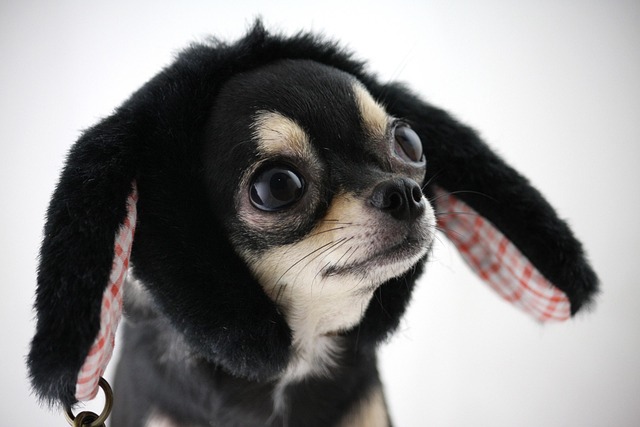
How do i train my dog to be obedient?
Watching your dog dart across the park ignoring your calls isn’t just frustrating—it can put them at risk near busy streets or public spaces.
There’s that heart - stopping moment at the park: you unclip the lead, your pup takes three happy bounds, spots a squirrel, and bolts—ignoring your calls as they disappear into the trees. For new dog owners in suburban parks or city green spaces, training your dog to come back when off the lead isn’t just about freedom; it’s about safety, trust, and turning every outdoor adventure into a stress - free joy, not a panic - filled chase. The good news? With the right approach, even the most distracted pup can learn that “come” means the best rewards, no matter what’s catching their eye.
Dogs are wired to explore, a trait leftover from their wild ancestors who relied on curiosity to find food and avoid danger. Their brains light up at new smells, sounds, and sights—a rustling bush, a friendly dog, or that aforementioned squirrel—making “stay focused on you” a tough ask. This isn’t stubbornness; it’s their natural instinct kicking in. Breeds like Beagles or Siberian Huskies, with strong hunting or wandering drives, face extra challenges, but any dog—from a Poodle to a Boxer—can master recall with training that makes coming back more rewarding than the distraction. Their brains respond to positive reinforcement, so every time returning to you means treats, praise, or play, they’ll start choosing you over the squirrel.
So, how do you build that reliable recall? Start small, in a quiet, familiar space like your backyard or living room. Use a happy, high - pitched command—“Here, boy!” or “Come!”—and when they take even one step toward you, reward them with a tiny, extra - tasty treat (think freeze - dried liver or cheese, not their usual kibble). My neighbor in Portland did this with her Corgi, who used to ignore her calls: starting with 2 - foot distances, then 5, then 10, and now he trots back even with the neighbor’s cat nearby. Gradually add distractions—first a favorite toy, then a friend walking by, then a trip to a quiet park. Always reward generously when they come, even if it takes a minute; consistency teaches them that “come” equals good things, no exceptions.

Your energy and tone matter as much as the treats. Yelling “COME BACK!” when they’re distracted only makes them associate your call with stress, making them less likely to respond. Instead, keep your voice upbeat and exciting—think of it as inviting them to the best party ever (which is just you, with treats). A trainer in Denver calls this “making recall irresistible”: if they see you bouncing, clapping, or holding up their favorite toy, they’ll want to be part of the fun. Never punish them when they finally come, even if they took too long; scolding or hitting teaches them that returning to you leads to unhappiness, the opposite of what you want.
Responsible dog ownership ties directly into recall training too. First, ensure your pup’s vaccines are up to date—rabies shots are legally required in all 50 states, and many off - lead parks check proof of vaccinations. When training in public, always clean up after them with biodegradable poop bags; it’s not just polite, it’s the law in most communities. For apartment dwellers, start training in your building’s common green space or a quiet street before hitting busy parks, and avoid off - lead time during peak hours to respect other walkers. Good recall also means knowing your dog’s limits—if they’re still learning, keep sessions short and end on a high note, with plenty of praise for their efforts.
With patience, consistency, and lots of treats, you’ll reach that magical moment: your dog spots a squirrel, pauses, looks at you, and trots back—tail wagging—as if to say, “You’re way more fun than that rodent.” Off - lead time becomes a celebration of trust, where every adventure is safe, every call is answered, and your bond grows stronger with every happy return.

Watching your dog dart across the park ignoring your calls isn’t just frustrating—it can put them at risk near busy streets or public spaces.

New puppy owners often find themselves rushing to clean up accidents before they set in, and that’s where puppy pad training becomes a game-changer.

If you've noticed your dog's waistline disappearing and your veterinarian has mentioned those few extra pounds, your first instinct might be to simply reduce the amount of food in their bowl.

Training a dog to use a designated spot indoors isn’t as daunting as many new owners fear, but it does take consistency and an understanding of your pet’s needs.

That moment of dread on a walk is all too familiar for many new dog owners. You see another dog approaching down the sidewalk of your neighborhood

If the sight of another dog on your neighborhood walk makes your heart sink as your own dog erupts into a frenzy of barking and lunging, you're not alone.